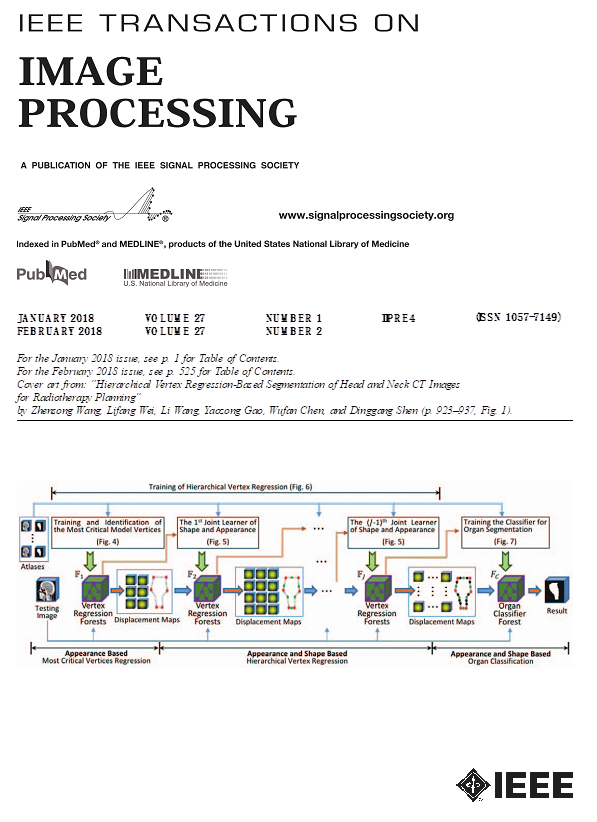面向无训练开放词汇目标检测的分层多模态知识匹配。
IF 13.7
1区 计算机科学
Q1 COMPUTER SCIENCE, ARTIFICIAL INTELLIGENCE
引用次数: 0
摘要
开放词汇对象检测(OVOD)旨在利用预训练的视觉语言模型的泛化能力来检测超出训练类别的对象。现有的方法主要集中在基于可用训练数据的监督学习策略上,这对于数据有限的新类别来说可能是次优的。为了解决这一问题,本文提出了一种层次多模态知识匹配方法(HMKM),以更好地表示新类别并将其与区域特征进行匹配。具体来说,HMKM包括一组对象原型知识,这些知识是使用有限的特定于类别的图像获得的,充当现成的类别表示。此外,HMKM还包括一组属性原型知识,用于在细粒度级别上表示类别的关键属性,目的是将一个类别与视觉上相似的类别区分开来。在推理过程中,自适应地结合两组对象和属性原型知识,将类别与区域特征进行匹配。拟议的HMKM无需培训,可以轻松地作为即插即用模块集成到现有的OVOD模型中。大量的实验表明,我们的HMKM在检测不同主干和数据集的新类别时显着提高了性能。本文章由计算机程序翻译,如有差异,请以英文原文为准。
Hierarchical Multimodal Knowledge Matching for Training-Free Open-Vocabulary Object Detection.
Open-Vocabulary Object Detection (OVOD) aims to leverage the generalization capabilities of pre-trained vision-language models for detecting objects beyond the trained categories. Existing methods mostly focus on supervised learning strategies based on available training data, which might be suboptimal for data-limited novel categories. To tackle this challenge, this paper presents a Hierarchical Multimodal Knowledge Matching method (HMKM) to better represent novel categories and match them with region features. Specifically, HMKM includes a set of object prototype knowledge that is obtained using limited category-specific images, acting as off-the-shelf category representations. In addition, HMKM also includes a set of attribute prototype knowledge to represent key attributes of categories at a fine-grained level, with the goal to distinguish one category from its visually similar ones. During inference, two sets of object and attribute prototype knowledge are adaptively combined to match categories with region features. The proposed HMKM is training-free and can be easily integrated as a plug-and-play module into existing OVOD models. Extensive experiments demonstrate that our HMKM significantly improves the performance when detecting novel categories across various backbones and datasets.
求助全文
通过发布文献求助,成功后即可免费获取论文全文。
去求助
来源期刊

IEEE Transactions on Image Processing
工程技术-工程:电子与电气
CiteScore
20.90
自引率
6.60%
发文量
774
审稿时长
7.6 months
期刊介绍:
The IEEE Transactions on Image Processing delves into groundbreaking theories, algorithms, and structures concerning the generation, acquisition, manipulation, transmission, scrutiny, and presentation of images, video, and multidimensional signals across diverse applications. Topics span mathematical, statistical, and perceptual aspects, encompassing modeling, representation, formation, coding, filtering, enhancement, restoration, rendering, halftoning, search, and analysis of images, video, and multidimensional signals. Pertinent applications range from image and video communications to electronic imaging, biomedical imaging, image and video systems, and remote sensing.
 求助内容:
求助内容: 应助结果提醒方式:
应助结果提醒方式:


